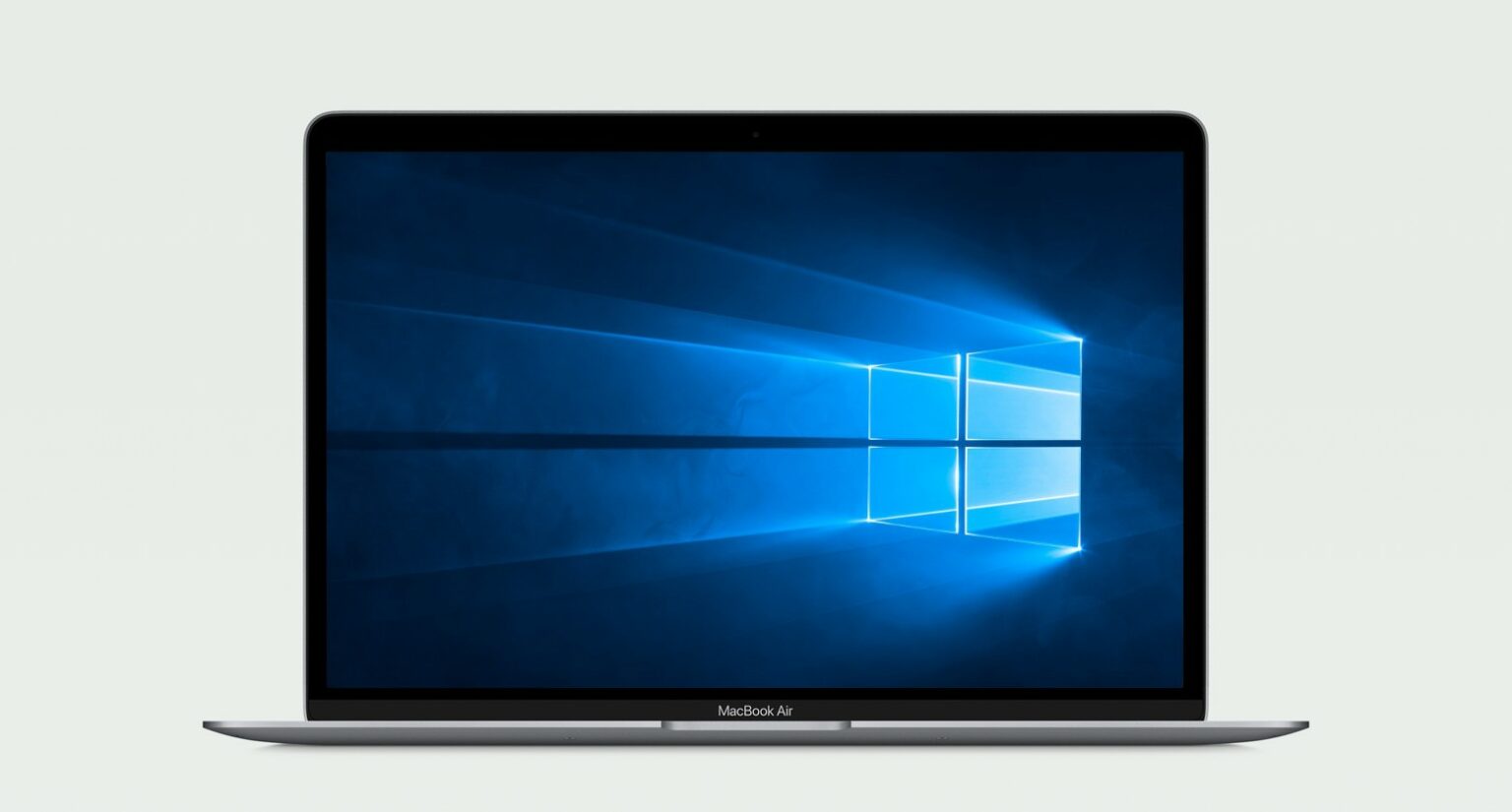A version of Windows built to run on Arm processors could eventually come to M1 Mac models, with Qualcomm’s current exclusivity deal with Microsoft “set to expire soon,” according to a new report.
The deal, which wasn’t public knowledge until this week, could explain why there are only a limited number of Windows devices powered by Arm chips — all made by Qualcomm — on the market today. But that’s set to change.
Qualcomm exclusivity blocks Windows on M1 Macs
According to XDA Developers, which cites people familiar with the deal, Qualcomm’s agreement with Microsoft prevents Windows for Arm from being made available to third-party chipset manufacturers.
Although this hasn’t been publicly confirmed by either party, it would explain why Windows on Arm has such limited availability right now — and why you can only get it on certain devices from select manufacturers.
However, the same sources say the deal is “set to expire soon.” No date is given, but it is believed that Qualcomm rival MediaTek is already building a brand-new chipset specifically for Windows on Arm in preparation for it.
It could have big implications for M1 Mac models, too. If Qualcomm no longer has exclusive claim over Windows on Arm, there’s nothing to stop Microsoft from making a version of its operating system available on Apple silicon.
But don’t get too excited
Apple would likely be open to the idea of reviving Boot Camp — its feature that allows users to start up into a Windows partition on Intel-powered Macs — for its newest machines. After all, it only makes them even more appealing.
But it’s not clear whether Microsoft would have any interest in officially supporting Apple’s operating system — or at least making it so that Windows for Arm runs smoothly on Apple hardware.
Those who need to run Windows apps but prefer to use a Mac will be hoping for that. As things stand, the only way around this problem is to run Windows in a virtual machine using software like Parallels Desktop. However, Microsoft has previously stated this is “not a supported scenario.”


